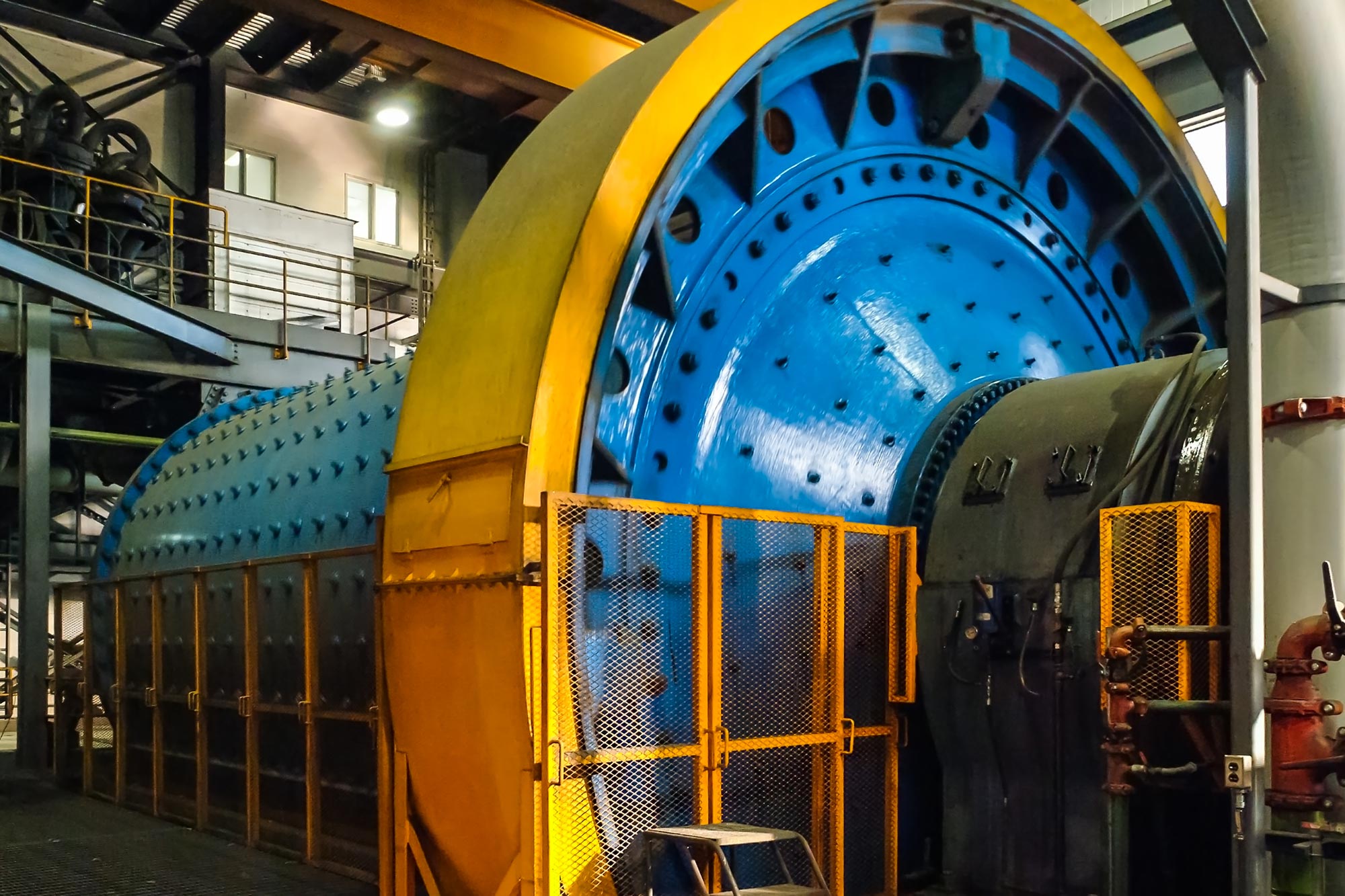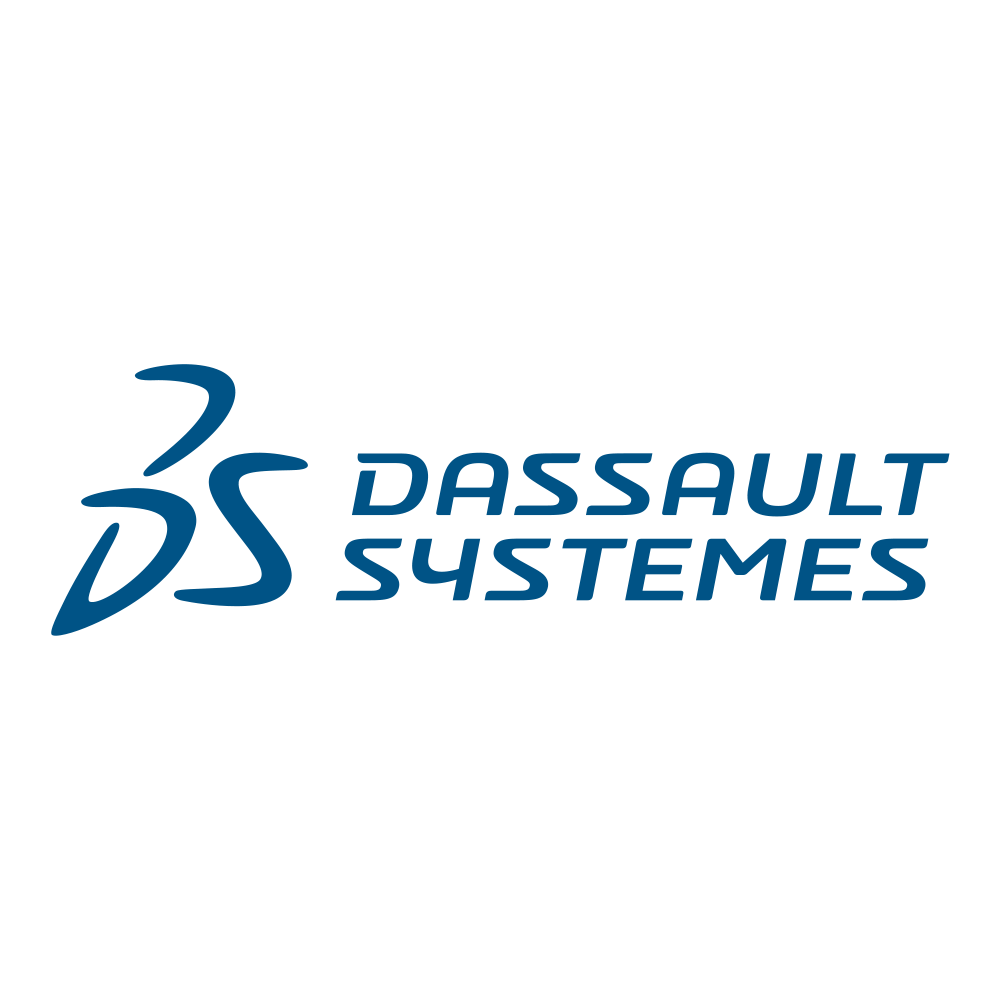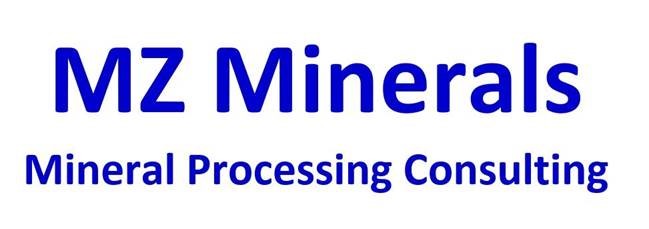Approach: Analytics of particle size distributions and grinding circuit sensors to derive an on-line model for optimisation.
In mining operations, ensuring operational stability of the grinding mills is crucial. Significant savings can be achieved if mills operate constantly at their optimum capacity (3). This is achieved through in-line sensing and automatic control of several operating parameters, such as mill loading and rotational speed, solids and water feed rates, power consumption, particle size, etc (4), (5). Early detection of malfunctioning can be achieved by vibration sensors mounted on the hydrocyclones at the product discharge, which ultimately controls the product particle size (1).
This HDR project integrates real-time data collected by a set of circuit sensors and will derive an on-line model for optimising the grinding mill throughput within particle size and mineralogical constraints.
Predictive grinding circuit models are being built from these sensor inputs and new optimisation methods based on sensor inputs to optimise the milling process are being developed. Optimisation methods that are being used and developed in this context include evolutionary algorithms and other bio-inspired optimisation approaches (2) which have successfully been applied to a wide range of optimisation and engineering problems.







